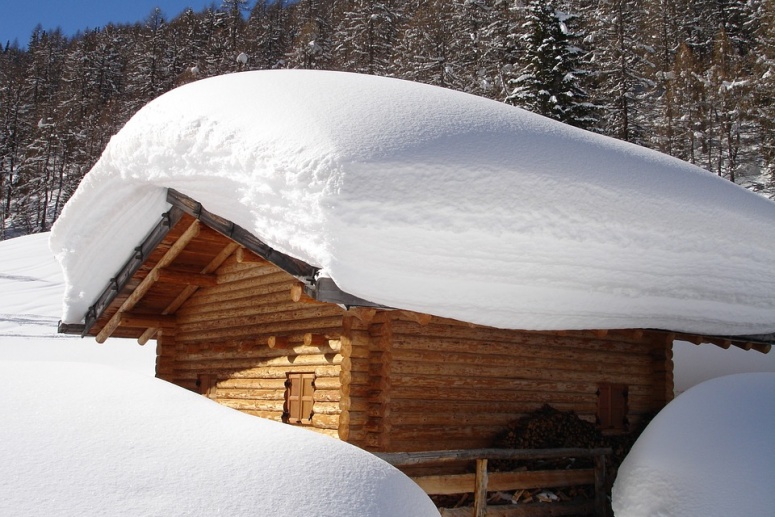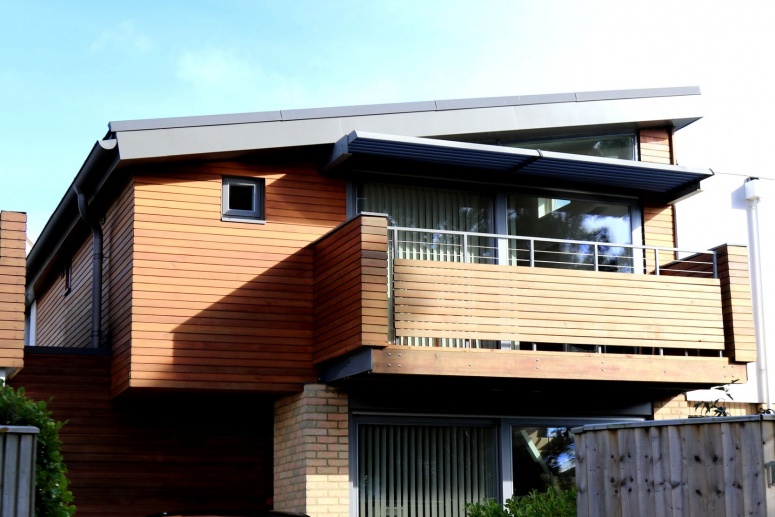Obviously, if you have experienced a major disaster, you’ll know that repair is unavoidable, but in most other circumstances, you may not have considered the possibility, or you may be unsure of the practicality of having the work done during the winter season.
When it comes to repairing or replacing your roof during the winter season, there are often conflicting opinions. Some common concerns include shingles being unable to properly seal, or becoming brittle and risking breakage during the colder temperatures. Glues and adhesives can freeze, and some roof types definitely can not be installed below certain temperatures. However, depending on the temperatures where you live, the roofing type you have chosen, and other factors, winter roof replacement may be not only possible, but perhaps the best time for the work to be done.
Here are some pros and cons of winter roofing:
PROS:
Correcting a problem sooner, rather than later, will help you to avoid further damage and even more costly repairs. Curling or cracked, or missing shingles, can allow moisture to enter your home, and allow for a build up of ice, called an ice dam, that has the potential to create substantial damage to your roof.
A damaged or otherwise inefficient roof means heat can escape and you’ll be spending more on energy costs throughout the winter. A replacement now will keep your home warmer and your energy costs lower throughout the winter season.
During the off season, there is a potential for substantial savings. Product manufacturers and roofing contractors alike are far less busy, which leads to increased sales and discounts. Additionally, scheduling becomes easier, and with less reason to rush, the quality of the workmanship may even be better than when the contractor has a full calendar.
In many areas of the United States, spring brings heavy and frequent rain. Ensuring your roof is in optimal shape now means you’ll be best prepared for those rains as the warmer weather sets in.
CONS:
Some types of roof are not appropriate to install during extreme temperatures, and this may limit your options, or require waiting for warmer temperatures if a cold snap sets in.
Winter roofing jobs typically take longer to complete, especially in snowy or icy conditions. You’ll need to consider whether you are willing to tackle this type of project during a busy time of year – holidays plans, travel, and your schedule may make this time of year less practical for you to remain at home.
While a reputable roofing contractor is well versed in the safety hazards of the job and more than adequately prepared for them, safety is still a concern. The work may need to be postponed if unexpected extreme weather sets in and creates a risk due to snow and ice.
If you have an emergency situation, or plan to schedule your work during the winter season, be sure to choose your roofing contractor carefully – look for someone with plenty of experience and a good reputation. When asking for references, check to see if they can offer any in which a winter repair or replacement specifically applies.



